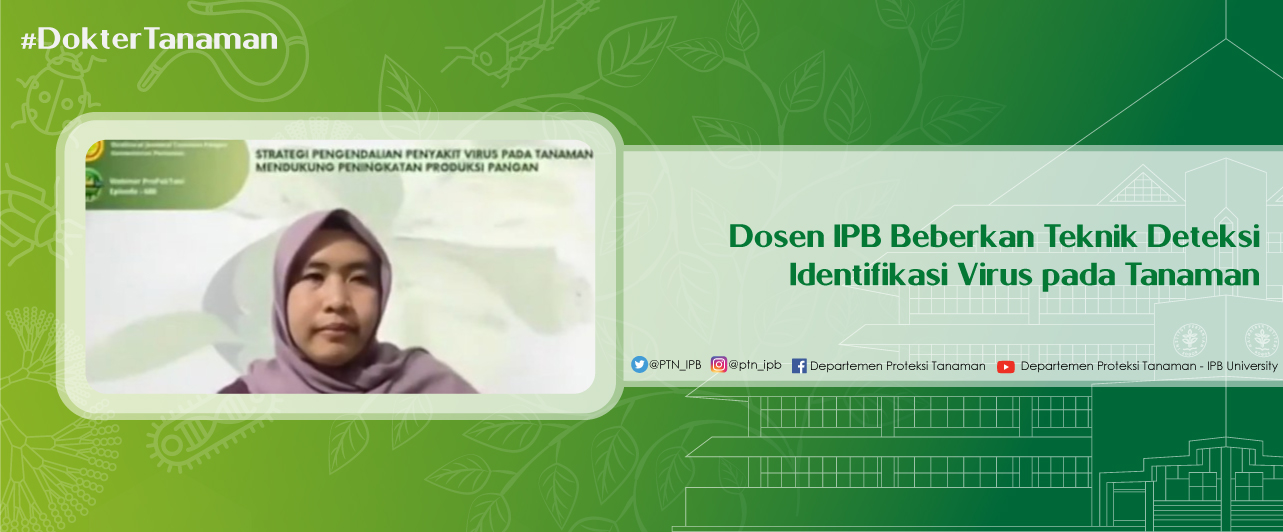
IPB Lecturer Reveals Virus Identification Detection Techniques in Plants
Jakarta: Various virus detection and identification techniques need to be carried out before wide planting of seeds in order to control viral diseases in food crops. IPB University lecturer from the Department of Plant Protection, Faculty of Agriculture, Sari Nurulita, explained that this virus testing technique requires an inoculum source obtained from propagation.
Sari said there are three main stages that need attention. First, the sampling method is appropriate and representative so that it can represent all the total samples owned.
Second, the growing on test technique, because the concentration of pathogens or viruses in plants is still small. Then, it is grown so that the leaves can be harvested and get higher concentrations of the virus.
"The third and the main thing is protein-based detection with Enzyme-Linked Immunosorbent Assay (ELISA) and nucleic acids with Polymerase Chain Reaction (PCR) depending on the type of virus," he explained.
Sari said the ELISA technique was able to represent data for virus detection qualitatively and quantitatively. The yellow color in the sample indicates the presence of viral protein targets. The higher the color intensity, the higher the virus concentration.
"Quantitatively, the sample is said to be positive if the average absorbance of the sample is twice the average absorbance value of negative controls or healthy plants," he said.
Meanwhile, in the PCR technique, there is an optional sequencing step. When using specific primers, sequencing is less necessary. Sequencing is needed if you want to analyze more deeply, for example the phylogenetics.
"This technique was used in research by IPB students to detect the streak mosaic virus in sugarcane using a different detection technique. The PCR immunocapture technique is considered to have clearer results," he said.
In the detection of this virus also requires a source of inoculum. Propagation of inoculum sources by means of mechanical transmission from leaf inoculum sources to healthy host plants. After that, the inoculum was made into dry preserves.
"Besides we harvest the leaves to make preserves, we continue to carry out continuous mechanical transmission so that we still have a source of inoculum. What must be considered is sample labeling and sample storage after drying because some samples must be stored in cold temperatures" she said. (medcom.id)


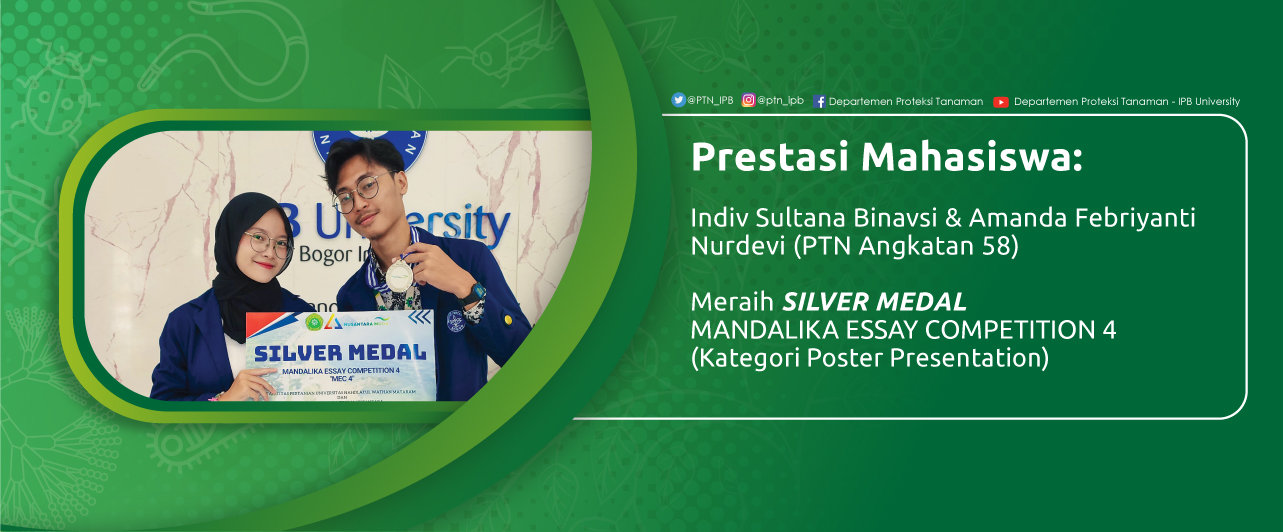
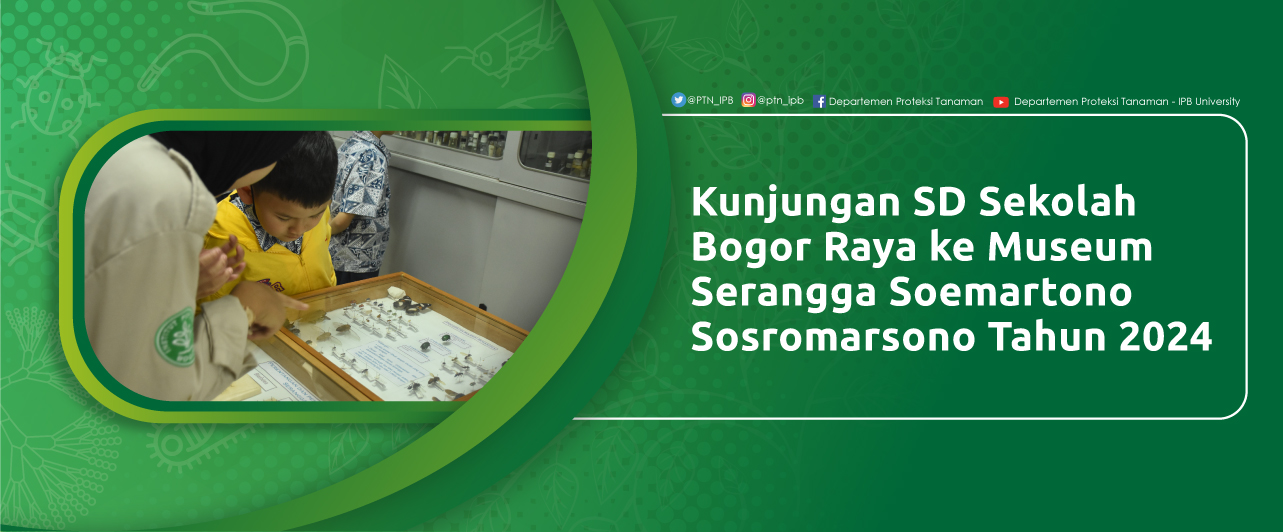
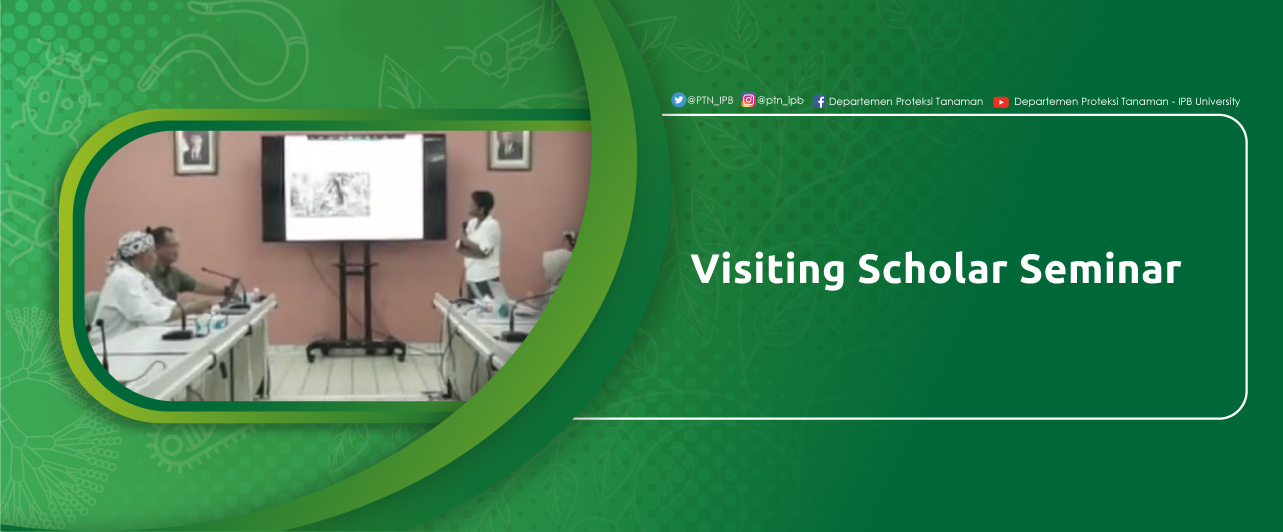
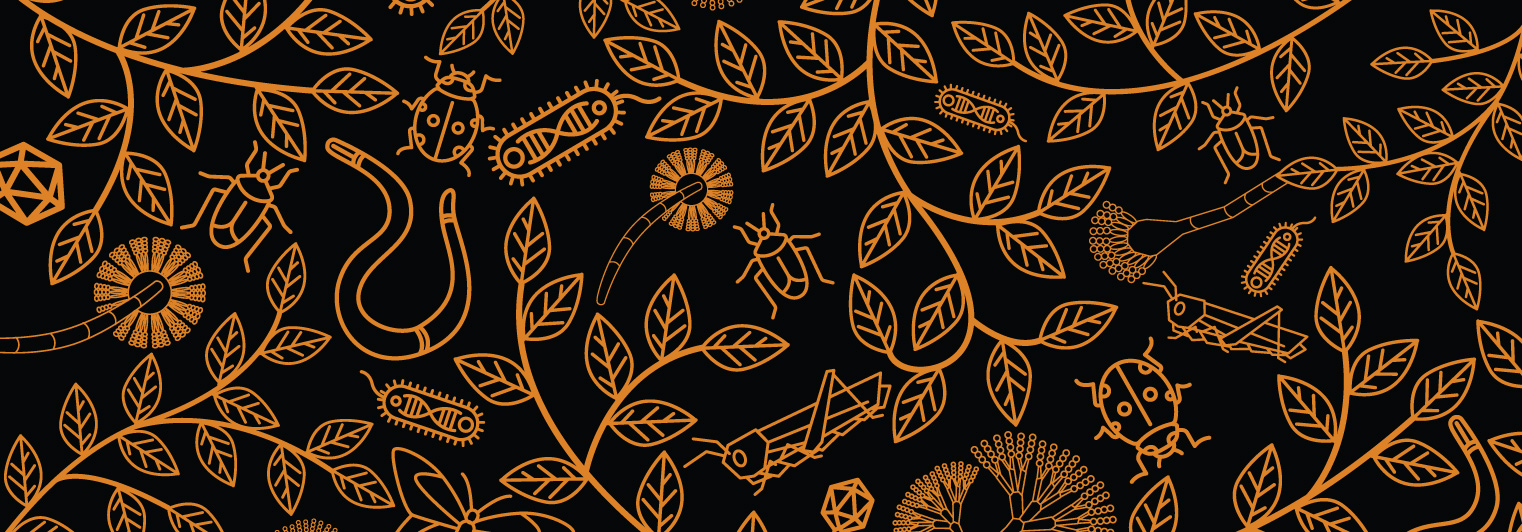

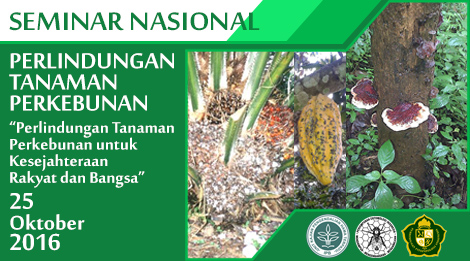

.jpg)